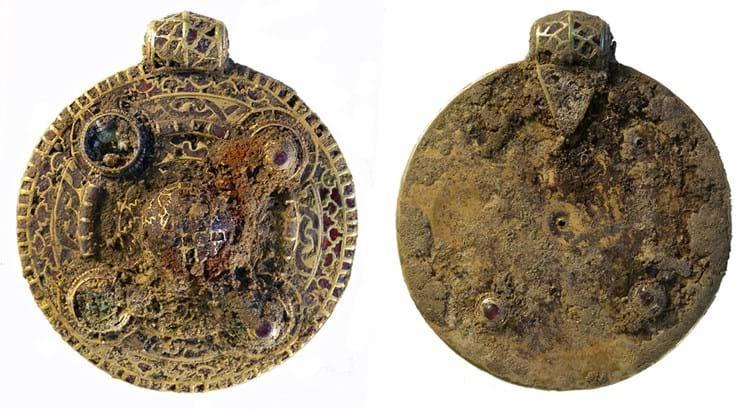
Newly released data for 2016 found 1120 finds were made – the highest annual figure since the Treasure Act came into law 20 years ago.
The growth in amateur treasure hunters using metal-detectors, featured in the current popular BBC comedy series Detectorists, accounts for the vast majority of Treasure finds (96%) and Portable Antiquities Scheme (PAS) finds (88%).
Michael Lewis, head of portable antiquities and treasure at the British Museum, said: “Metal-detecting can make an immense contribution to archaeological knowledge, if practised responsibly, and the vast majority of people are keen that their hobby has a positive impact.”
The act was created to make it easier for national or local museums to acquire important finds for public benefit. Of the 14,000 Treasure finds over the past 20 years, 40% are now in museum collections.
The announcement came as a new Code of Practice for Responsible Metal-Detecting in England and Wales was launched which provides guidance on best archaeological practice for finders.





